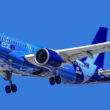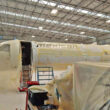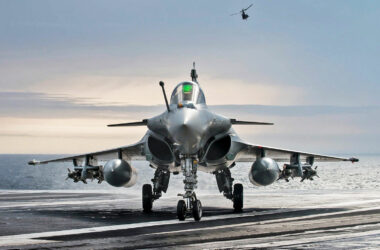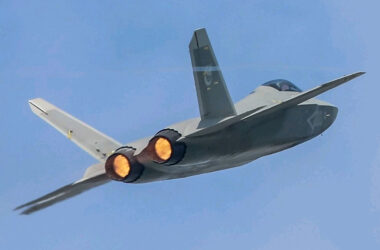The U.S. Air Force’s first T-7A Red Hawk supersonic jet trainer landed at Edwards Air Force Base, California, on November 8.
The aircraft is known by the acronym APT-2 and was the first to leave Boeing’s assembly line in Saint Louis.
The T-7A Red Hawk will begin the USAF’s development flight test campaign with the aim of putting the new trainer in place of the Northrop T-38 Talon, a jet that has been in service since the 1960s.
See also: US Air Force evaluates armed version of T-7A Red Hawk trainer
The aircraft registration number 7002 is part of a batch of five Engineering, Manufacturing and Development (EMD) aircraft, a stage prior to large-scale production.
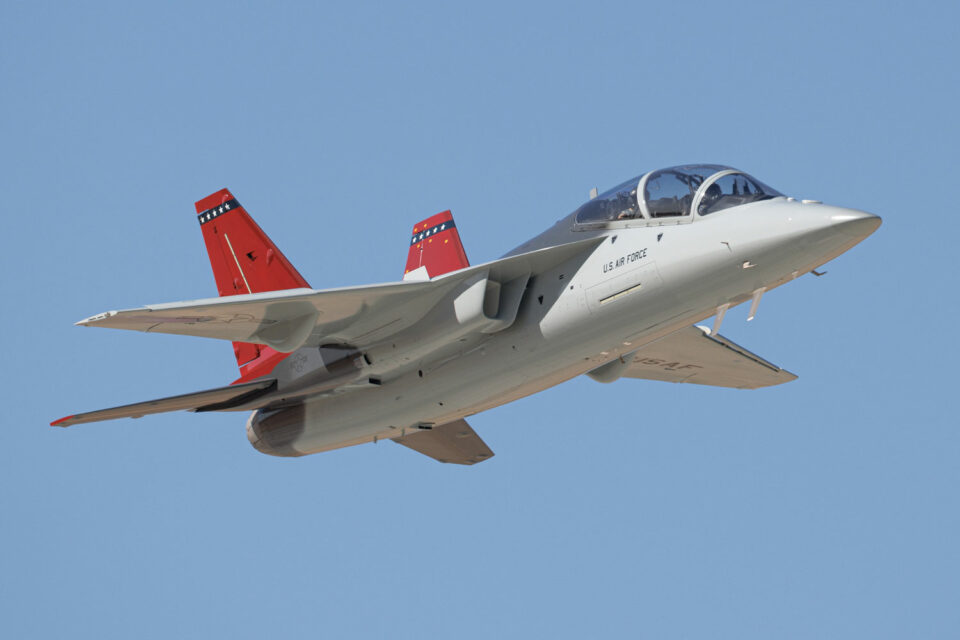
“This arrival marks an exciting transition into the next phase of developmental flight” noted Maj. Jonathan Aronoff, T-7A test pilot. “The T-7A gives immense capability updates that will allow the Air Force to train the next generation of combat aviators. Success of first delivery is truly a testament to the joint USAF-industry team we have in place,” added Aronoff.
The T-7A development program, carried out in partnership by Boeing and Saab, was a pioneer in using digital tools in its project, which has an open architecture. The aircraft, however, was delayed due to ejection seats.
Follow ADN: Instagram | LinkedIn | Twitter | Facebook
Only a few months ago, the USAF approved the jet, which allowed its pilots to fly it. The flight to Edwards was made by an Air Force pilot and a Boeing pilot.
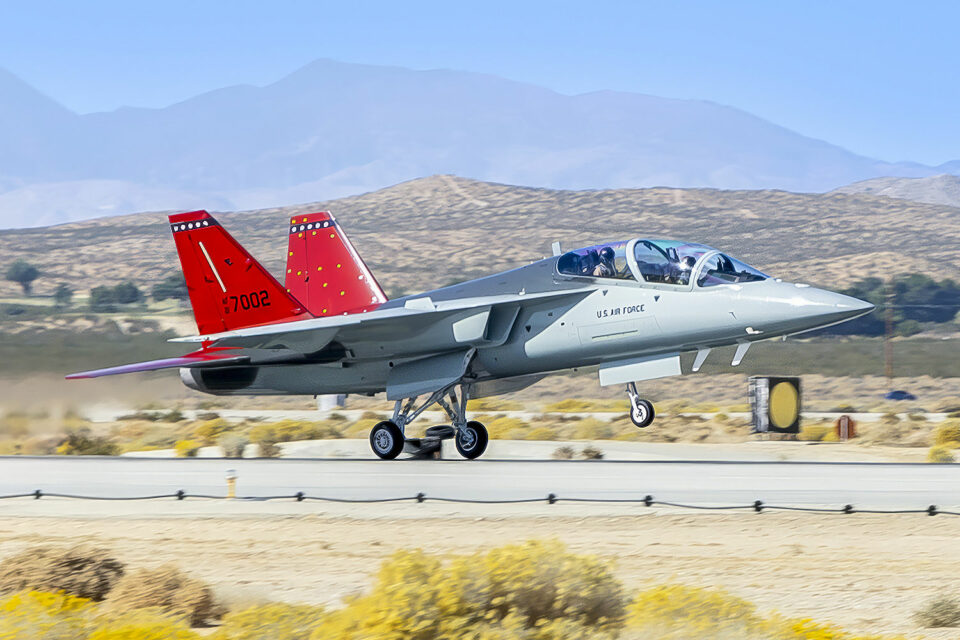
The goal of the test team and Boeing is to quickly certify the aircraft, which has the advantage of a method of monitoring activities in a continuous network between Edwards and Boeing facilities.
The T-7A APT-2 is scheduled to fly up to three times a day in order to expand the flight envelope. Next, mission systems testing will begin.


